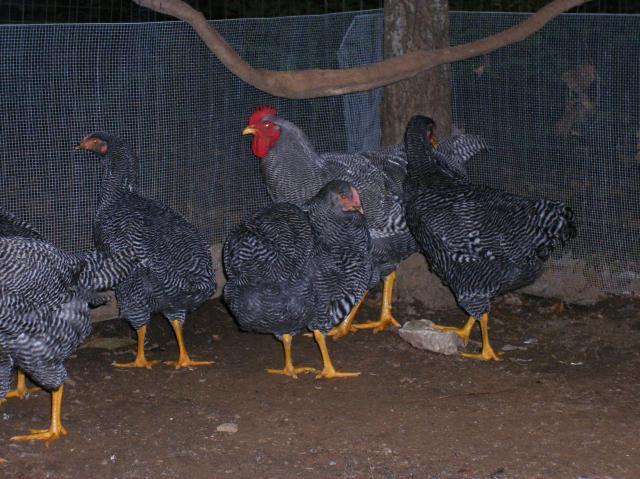- Apr 14, 2011
- 146
- 0
- 88
Thanks Serrin,
If there is anyone I do not mind "debating" this with, it's Walt. His experience, credentials and mannerisms certainly make it a worth while endeavor. Someone I have immense respect for, even if I may disagree with him on some things.

If there is anyone I do not mind "debating" this with, it's Walt. His experience, credentials and mannerisms certainly make it a worth while endeavor. Someone I have immense respect for, even if I may disagree with him on some things.






